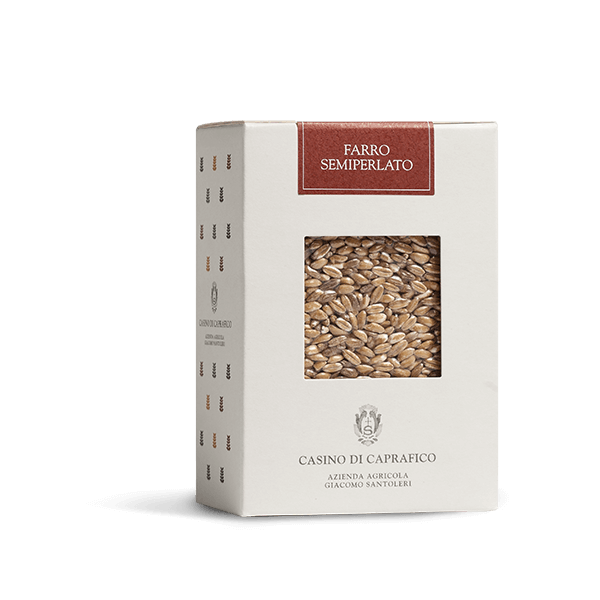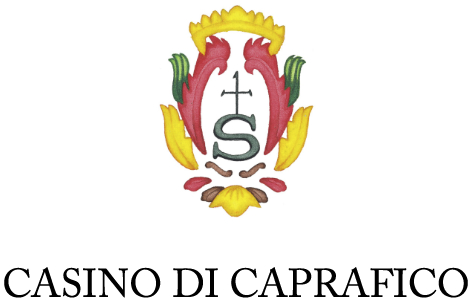Pearled Emmer Wheat
Ingredient: Pearled Whole Emmer Wheat (Triticum dicoccum)
Pearled means that a thin external layer of bran is removed from the emmer wheat. It is cooked in 25/30 minutes without being soaked and it does not need to be washed if it is clean. One can follow the traditional recipe widely used in the Garfagnana and Lucchesia area.
Pearled Emmer Wheat soup from Garfagnana
Fry some chopped onion, carrot and celery in extra virgin olive oil. Add the pearled emmer wheat, allowing 50/60 grams per person. If you like you can add a splash of red wine and add some peeled tomatoes or tomato base, legumes and vegetables in season. Prepare a good broth, not too salty, in a quantity that is approximately 2/3 times the pearled emmer wheat. Cook the pearled emmer wheat for approx. 30 minutes adding the broth gradually just like the preparation for a risotto. Before finishing the cooking you can pulse a part of the soup to from a thickening cream.
Pearled emmer wheat is ideal for the summer, especially in salads.
€ 3,00 – € 5,40
History
Farro is an ancient cereal which was used by the people of Mesopotamia. It was of maximum nutritional importance during the Roman Ages, when, according to the testimony of Pliny the Elder it remained the only cereal used by the Ancient Romans for three centuries. It was in actual fact a precious food used by the Legions at war (each soldier had the right to 865 grams of emmer wheat a day). It was also considered to bring good luck to marriages and it was even used as a token of exchange. It is no coincidence that the Italian word farina (flour) derives from the far – farris, that is to say farro.
Nutritional Characteristics
Its main qualities are its high energy values and digestibility. When used in its wholemeal form it contains anti-stress properties due to its high magnesium content. It is especially rich in dietary minerals, and does not raise glycaemia levels but actually stabilizes them. As a result it is a very useful product for diabetics, and for athletes who require a constant energy release. It is also recommended for those who want to lose weight without giving up the pleasure of eating well.
How it is used
Farm can be used in various forms: in flour, grain (semi-pearled Farro) or cracked (Spelt). It can be eaten hot or cold, and it complements a great number of foods. It is excellent in soups, minestrone, chickpeas, lentils, and beans instead of pasta.
How it is cooked
Farro does not need to be washed in water if it is already clean. It is ready for cooking, without being soaked, in abundant water (it is recommended to use a quantity of water that is 2 or 2.5 times the weight of the cereal used) that is not too salty. Cooking time for the Farro varies. The semi-pearled Farro requires 25/30 minutes and 15/20 minutes for Spelt. After cooking it is recommend that the Farro is left to stand for a few minutes before being added to the condiment to allow the cereal to it to “stand” slowly away from the heat. It can be used in recipes in quantities of 50/60 grams per person instead of rice by adding it to a sautè base, adding red or white wine and mixing it with a good broth (always in the quantities mentioned above) just like the preparation of a risotto. It is therefore possible to use farro for omelettes, arancini, in the oven (like timballo), with vincotto, vegetables, salad, or simply together with raw olive oil and some grated Parmesan cheese. From an agronomical point of view farro is suitable for “natural” cultivation using biological techniques. Being quite tall in size it does not require specific fertilization, which would be counter-effective as it would cause possible allurement. The use of chemical weeding products is also unnecessary because its size provides a natural defence against pests. As was explained before due to the composition of the bran farro can be used in wholemeal forms in both soups and pasta.


